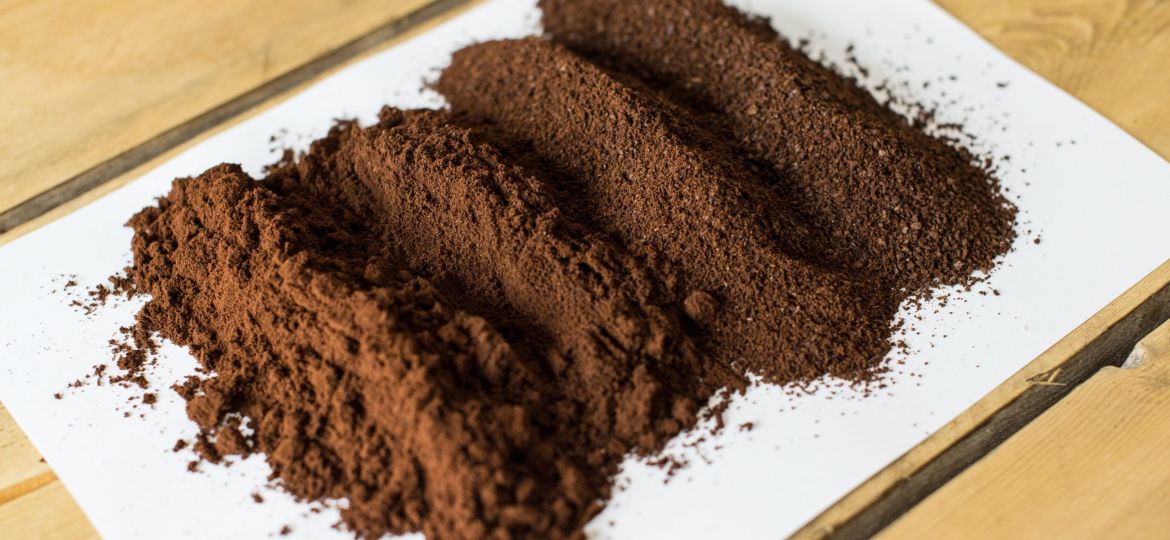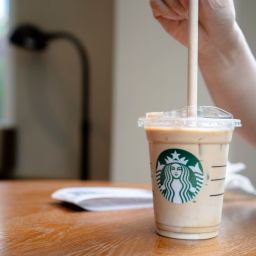
When it comes to preparing the perfect espresso, the grind size of your coffee beans is crucial. Achieving the ideal espresso isn’t just about having high-quality beans or a top-tier espresso machine; it’s also about the fineness of the grind. The right grind size ensures that water passes through the coffee at the optimal speed, extracting just the right amount of flavor and aroma. It’s a delicate balance — too coarse, and your espresso will be weak and underwhelming; too fine, and you might end up with a bitter, over-extracted shot. Understanding this balance is the first step toward espresso excellence.
For espresso, the coffee should be ground to a size of approximately 0.3 to 0.4 mm, similar to the consistency of table salt or fine beach sand. This specific size allows for the optimal extraction of flavors during the espresso brewing process.
Key Takeaways for Grinding Coffee for Espresso
- Essential Fine Grind: A fine grind is non-negotiable for espresso. The fine particles create the perfect resistance against water, extracting maximum flavor without overdoing it.
- Taste Impact: The grind size directly influences your espresso’s taste. Get it right, and you’ll enjoy a rich and balanced cup; get it wrong, and you’re in for a bitter or watery disappointment.
- Burr Grinders Over Blade Grinders: Consistency is key in espresso preparation, making burr grinders the preferred choice. Unlike blade grinders, which chop beans unevenly, burr grinders crush coffee to a uniform size, ensuring even extraction and a smoother taste.
The Ideal Grind Size for Espresso
For that perfect shot of espresso, a fine grind is essential. It’s all about creating the right amount of resistance as water flows through the coffee grounds under high pressure. This fine grind size slows the water just enough to extract the full spectrum of espresso flavors — from the deep, chocolaty undertones to the bright, acidic notes that can define a coffee’s character. But it’s not just about going as fine as possible. The grind must be precise: too fine, and the water might struggle to pass through, leading to over-extraction and bitterness; not fine enough, and the quick passing water will under-extract, resulting in a flat, uninspired shot. Finding this sweet spot is what turns a good espresso into a great one.
Choosing the Right Grinder
When diving into the world of espresso, selecting the right grinder is as crucial as picking the perfect beans. The battle between blade and burr grinders is one with a clear victor for espresso aficionados. Blade grinders, while affordable and common, fall short for espresso preparation. They work similarly to a blender, chopping beans in a somewhat haphazard manner. This approach often results in uneven grind sizes – a mix of fine dust and chunky bits. Such inconsistency can wreak havoc on your espresso’s flavor, leading to uneven extraction.
On the other side, burr grinders stand as the champions of the coffee grinding realm. Their method of crushing beans between two burrs ensures uniformity, which is paramount for the perfect espresso shot. Burr grinders allow for precise adjustments, meaning you can dial in the grind size to the exact specification required for your espresso machine and bean type. This level of control is why most coffee experts and enthusiasts lean towards burr grinders. They might come with a higher price tag, but the investment pays off in the quality of your espresso.
Grinder Settings for Espresso
Navigating grinder settings can feel like decoding an ancient script, but it’s simpler than it seems. For those new to the craft, espresso requires a fine grind, but the exact setting can vary based on your machine and the coffee beans you’re using. Popular grinders come with a range of settings, tailored to accommodate different brewing methods.
For instance, settings for espresso on some of the widely-used grinders might range as follows: the Baratza Encore may work best between 4-9, while the OXO Brew Conical Burr Grinder shines at settings 1-3. It’s not just about picking a number and sticking with it; it’s about starting somewhere and adjusting. The key is to experiment. Begin with the recommended settings and adjust a notch finer or coarser as you taste. Your goal is an espresso that’s rich, with a good crema, and without bitterness or sourness – signs of over or under-extraction.
Brewing the Perfect Shot of Espresso
Crafting the ideal espresso shot is an art that marries precision with intuition. Start by ensuring your machine and portafilter are warm, laying the groundwork for a stable brewing temperature. For the grind, aim for a consistency similar to table salt; this fine grind is essential for the water to extract the coffee’s full flavor spectrum efficiently.
Pre-infusion is your secret weapon; it gently wets the grounds before full pressure is applied, ensuring an even extraction. This can be as simple as letting water run through the grounds at a lower pressure for a few seconds. It’s like a warm-up, preparing the coffee for the main event.
Next, tamp your grounds evenly with moderate pressure. An uneven tamp can lead to channeling, where water finds the path of least resistance, resulting in an uneven extraction. Once tamped, lock your portafilter into place and start the shot.
The extraction time is crucial — aim for 25-30 seconds. Too quick, and you’ve under-extracted, leading to a sour taste; too long, and you risk bitterness from over-extraction. The perfect shot will have a rich crema and a balanced flavor profile, signifying you’ve hit the sweet spot.
Troubleshooting Common Espresso Grinding Issues
When your espresso doesn’t hit the mark, the grind is often the culprit. Over-extraction and under-extraction are the two main issues you might encounter, each with distinct flavors that can help you diagnose and adjust.
If your espresso tastes bitter, it’s likely over-extracted. This means the water has spent too much time in contact with the coffee, pulling out unwanted flavors. The solution? Coarsen your grind slightly to speed up the flow rate.
Conversely, if the espresso is sour, it’s under-extracted. The water hasn’t had enough time to pull out the rich, complex flavors. In this case, make your grind finer to slow down the extraction process.
FAQs
Can I grind coffee for espresso without a grinder? Absolutely! While a grinder gets the job done quickly and efficiently, you can use a blender or food processor for a somewhat consistent grind. For a more hands-on approach, a rolling pin or even a hammer can crush your beans into a fine grind suitable for espresso. It’s all about being resourceful and patient to achieve that fine consistency.
How does the grind size affect espresso taste? The grind size is pivotal in crafting a delicious espresso. A fine grind is essential for a rich, full-bodied espresso; it increases the surface area exposed to water, enhancing the extraction of flavors. If the grind is too coarse, the water will pass through too quickly, resulting in a weak, under-extracted shot. Conversely, too fine a grind can slow water too much, leading to over-extraction and a bitter taste. It’s all about finding that sweet spot for the perfect espresso flavor.
Final Thoughts
Grinding coffee for espresso is both an art and a science. Achieving the perfect grind size is crucial for unlocking the full potential of your coffee beans. It requires patience, experimentation, and the right equipment, but the reward is a rich and satisfying espresso shot. Remember, small adjustments can lead to significant improvements in flavor. So take your time, tweak your grind, and enjoy the journey to espresso perfection.









